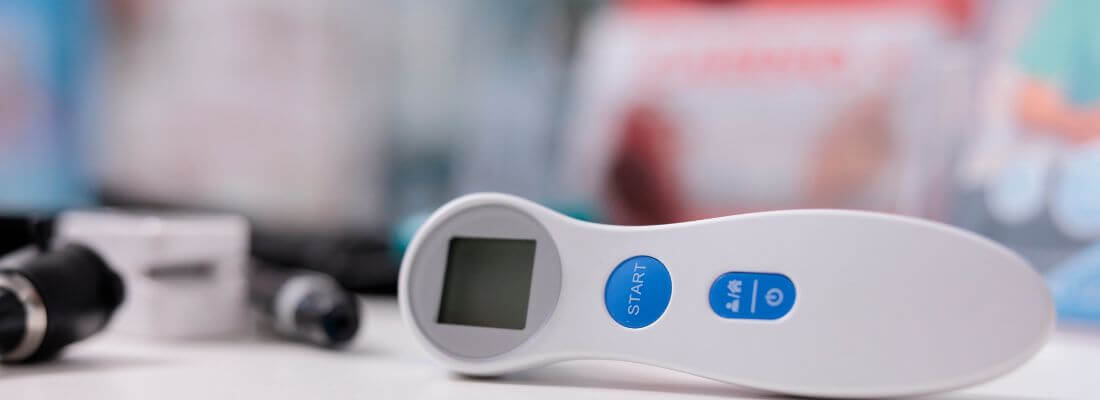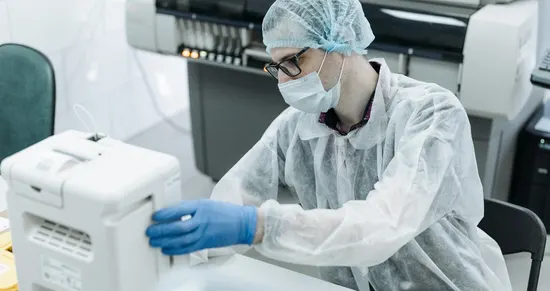Planning for a CE certification for Medical Devices is an essential step for manufacturers seeking to ensure regulatory compliance and market readiness. A CE audit evaluates the technical documentation, quality management systems, and adherence to the performance and safety requirements outlined in the EU Medical Device Regulation (MDR).
To obtain a CE mark, manufacturers should adhere to best practices and be thoroughly prepared. This includes maintaining comprehensive documentation, conducting thorough internal audits, training staff on regulatory requirements, and ensuring that all risk management and quality control processes are effectively implemented and documented.
A successful CE audit is critical for medical device manufacturers because it checks regulatory compliance and guarantees that their products fulfill the essential safety and performance criteria for market entry in the European Union.
What is CE Certification for Medical Devices?
“Conformité Européenne” (CE) is the French term for European conformance. CE certification for medical devices is a mandated procedure that verifies a device’s adherence to European Union guidelines, specifically the Medical Device Regulation (MDR) 2017/745. This certification enables medical equipment to be freely marketed within the EU while ensuring critical safety and performance standards are fulfilled. Without CE certification, medical equipment cannot legitimately be sold in the European Economic Area (EEA)
A single regulatory audit that meets the quality management system standards of several nations, including the United States, Canada, Australia, Japan, and Brazil, is made possible for medical device manufacturers through the Medical Device Single Audit Program (MDSAP).
Key Steps to Prepare for a CE Certification Audit
The CE mark signifies that a medical device meets the essential safety and performance requirements outlined in the EU Medical Device Regulation (MDR) 2017/745, allowing it to be marketed within the European Economic Area (EEA).
Establishing a Quality Management System (QMS)
In order to ensure compliance with the EU Medical Device Regulation (MDR) 2017/745, medical device manufacturers must establish a Quality Management System (QMS) prior to a CE certification audit. Manufacturers may more successfully show their dedication to quality and regulatory compliance and improve their chances of obtaining CE certification for medical devices by including ISO 13485 standards in their QMS.
Preparing the Technical Documentation
This technical documentation must contain thorough information on the device’s design, production, and intended usage to prove that it complies with all relevant safety and performance standards. In addition to supporting the CE marking procedure, well-prepared technical documentation is an essential tool for market surveillance agencies to confirm compliance after the sale.
Declaring Conformity
In a CE audit, the manufacturer confirms that the medical device conforms with all relevant EU legislation and standards by providing a Declaration of Conformity (DoC). Important information, including the name of the manufacturer, product identification, instructions for use, and the standards used to prove compliance, must all be included in this document. The DoC must be easily accessible for market surveillance authorities to check and act as a formal confirmation of accountability for the product’s conformance.
Common Challenges in CE Certification Audits
The intent of CE marking necessitates a substantial time and skill investment in addition to financial commitment. The certification process can be seriously hampered by inadequate documentation, such as Delayed Clinical Assessment Reports and Incomplete Technical Files, which are frequent problems in CE certification audits. The complexity of the EU Medical Device Regulation (MDR) is sometimes difficult for manufacturers to grasp, which causes misconceptions regarding deadlines and compliance requirements. Manufacturers aiming to introduce their medical devices into the market on schedule may also face additional challenges due to delayed approvals from Notified Bodies. A well-trained medical device auditor can be crucial in addressing these issues effectively.
Post-Audit Responsibilities
As part of their Post-CE audit duties, manufacturers must continue to observe the performance and safety of their devices for the course of their lifespan in accordance with the EU Medical Device Regulation (MDR) 2017/745. This involves putting in place a strong post-market surveillance system, disclosing any unfavourable incidents, and revising technical documentation as needed to take into account modifications or fresh data. In order to prove ongoing compliance with regulatory standards, manufacturers must also make sure they keep correct records and be ready for any future audits by Notified Bodies.
Utilising eQMS for Streamlining the Process
Employing an electronic Quality Management System (eQMS) helps organisations comply with regulations more quickly by automating important quality management tasks like document control and corrective action management. This data consolidation improves operational effectiveness, lowers the possibility of human error, and guarantees that all quality-related paperwork is up-to-date and readily available for audits. By putting in place an eQMS, organisations may enhance their adherence to legal requirements while simultaneously encouraging an environment of responsibility and ongoing development.
Conclusion
To sum up, preparing for a CE certification audit is a complex procedure that calls for meticulous planning and adherence to legal requirements. Medical device manufacturers may greatly increase the likelihood of a successful audit outcome by putting best practices into effect, such as creating a strong Quality Management System (QMS), carrying out exhaustive internal audits, and making sure all technical documentation is complete and up-to-date.
References







